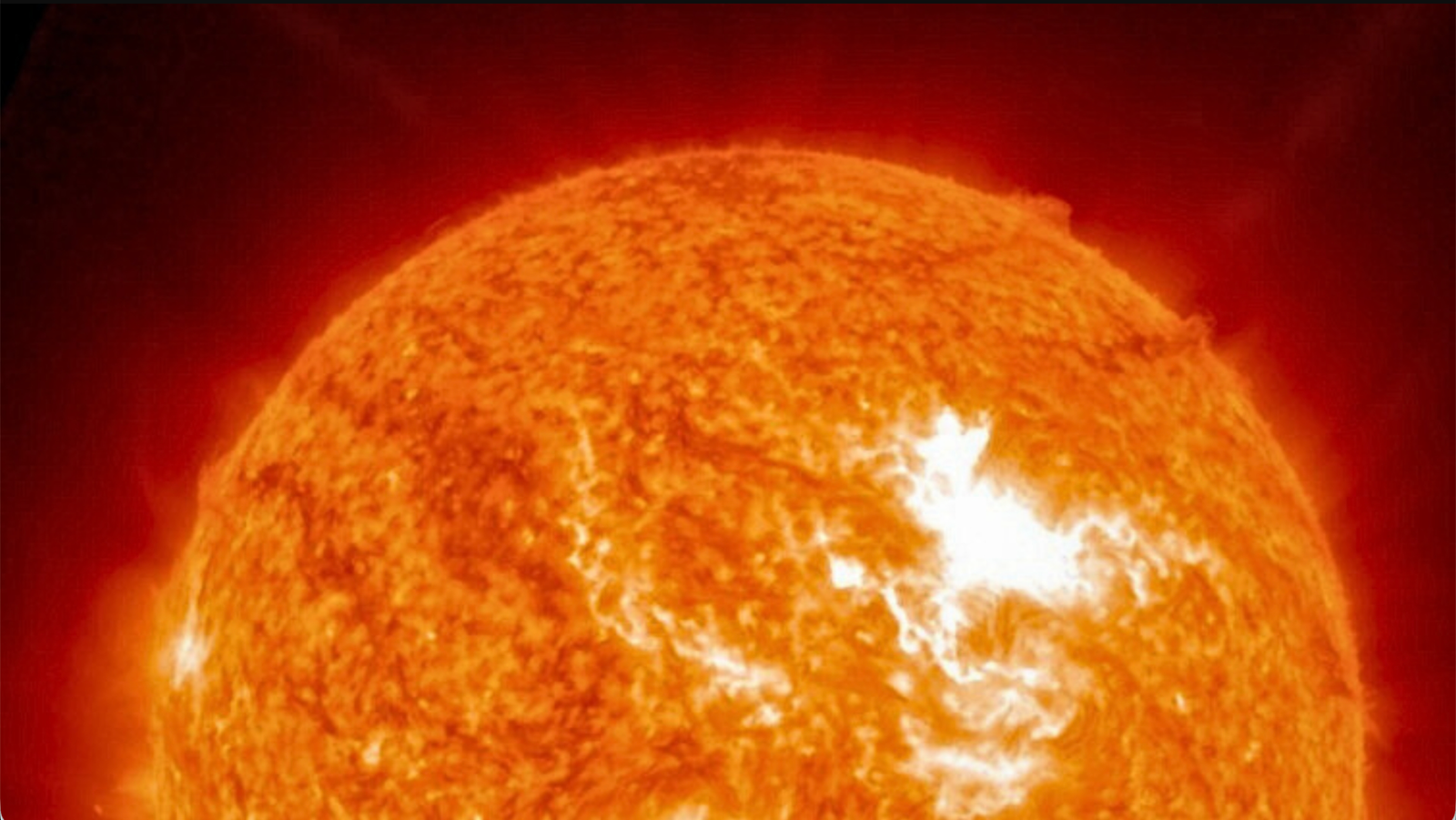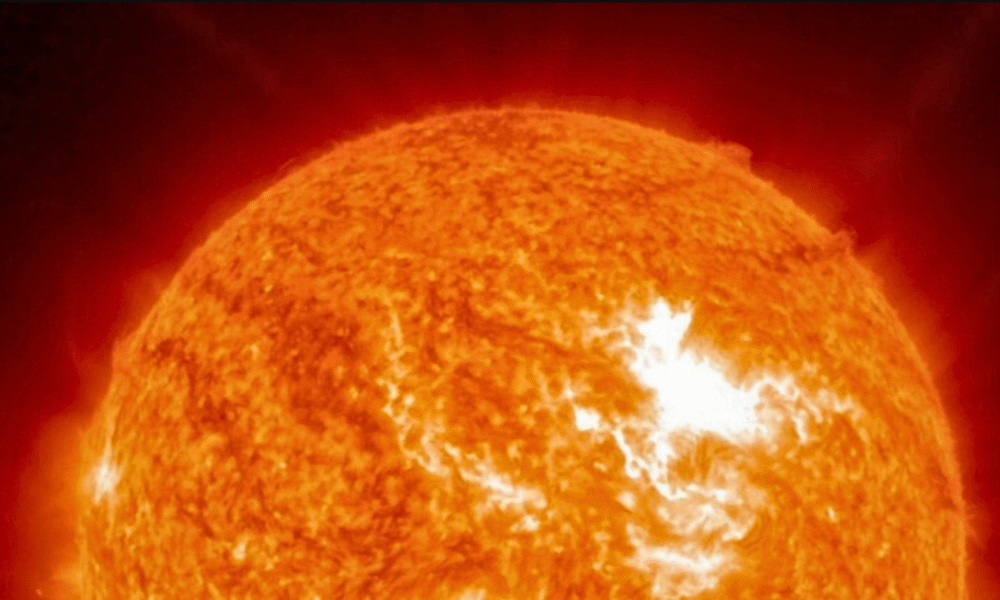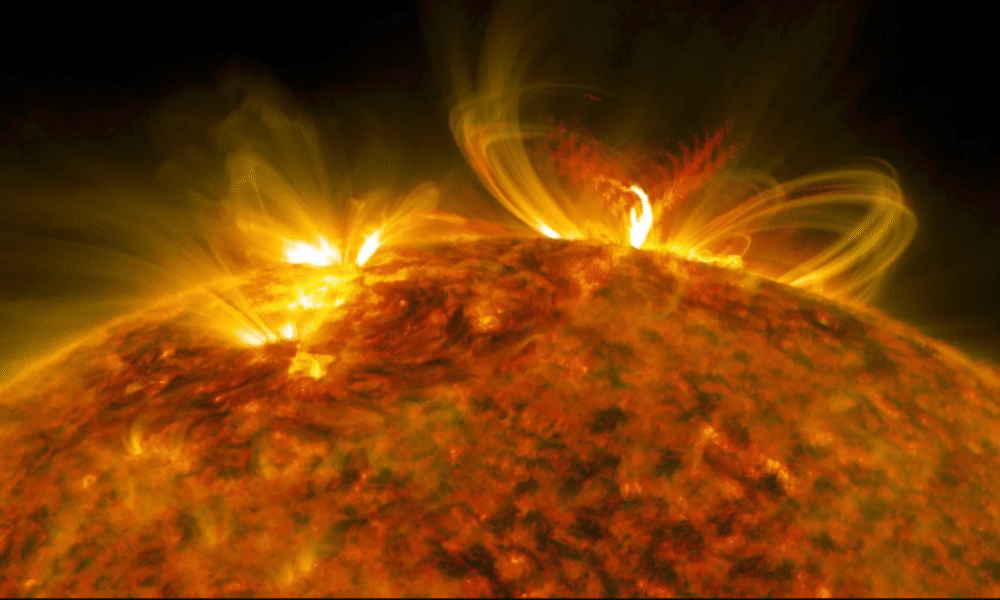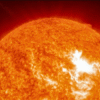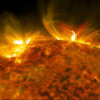News
Sun Unleashes Strongest Solar Flare of 2025, Triggering Radio Blackouts Across Africa and Europe
Solar flares are classified in five categories — A, B, C, M, and X — with each level representing a tenfold increase in intensity. X-class flares are the most powerful, and this X5.1 event sits near the upper end of that scale.
The Sun erupted in a spectacular display of cosmic power on November 11, firing off an X5.1-class solar flare — the strongest of 2025 and the most intense since October 2024. The massive outburst, launched from sunspot AR4274, caused widespread radio blackouts across Africa and parts of Europe, marking a new high point in the ongoing surge of solar activity during Solar Cycle 25.
According to the NOAA Space Weather Prediction Center (SWPC), the eruption released a torrent of X-rays and extreme ultraviolet radiation that ionized Earth’s upper atmosphere, disrupting high-frequency (HF) radio communication. Classified as a strong (R3) radio blackout, the event temporarily impacted aviation and maritime signals over the sunlit portion of the planet.
Fast and Furious: The CME Racing Toward Earth
What makes this flare even more remarkable is the coronal mass ejection (CME) that followed — a vast cloud of charged solar plasma hurtling toward Earth at a breathtaking 4.4 million mph (1,856 km/s). NOAA forecasts that the CME could impact Earth around midday on November 12, combining with earlier ejections from November 9 (X1.7) and November 10 (X1.2) to create a powerful geomagnetic cocktail.
If these CMEs interact as expected, scientists warn of potential severe (G4) geomagnetic storm conditions, which could affect power grids, GPS systems, and satellite communications. However, it could also produce spectacular auroras, possibly visible as far south as northern U.S. states and parts of Europe. “This will be one of the most impressive near-side CMEs of the solar cycle,” NASA’s M2M SWO team noted, calling the eruption “big, fast, and beautifully explosive.”

Solar Flares 2025 – X5.1-class solar flare
A Solar Cycle at Its Fiery Peak
Solar flares are classified in five categories — A, B, C, M, and X — with each level representing a tenfold increase in intensity. X-class flares are the most powerful, and this X5.1 event sits near the upper end of that scale.
Sunspot AR4274, the source of the blast, has become one of the most active regions of Solar Cycle 25, firing off multiple strong flares in recent days. Experts say this spike in activity is a sign that the Sun is approaching its solar maximum, the period of greatest magnetic activity in its roughly 11-year cycle.
Earth in the Firing Line
NOAA’s space weather models show the combined CMEs could lead to strong geomagnetic disturbances in the coming days. While satellite operators are bracing for potential signal disruptions, skywatchers are eagerly anticipating brilliant aurora displays across higher latitudes.
Whether it’s a communication challenge or a celestial spectacle, the Sun’s latest eruption is a vivid reminder of our planet’s connection to the cosmos — and the power that still lies at the heart of our solar system.


